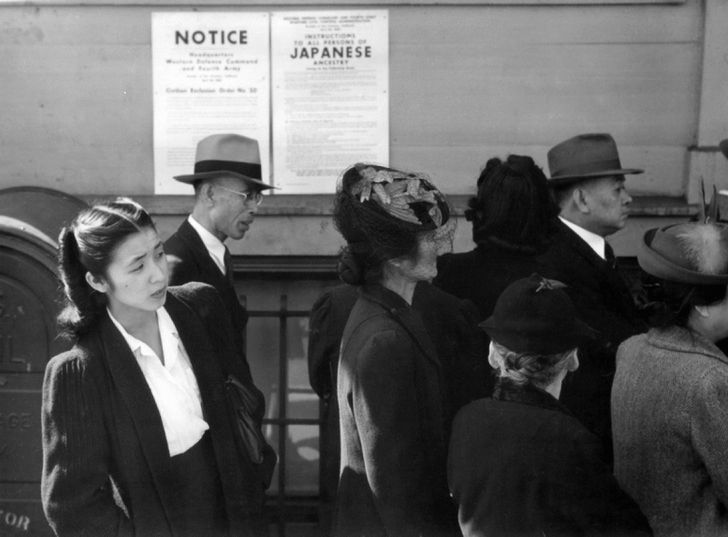Individuals and businesses use email a lot to communicate. According to Radicati Group, more than 3.8 billion Internet users send around 281 billion emails daily. Important personal information travels through mailboxes.
Hackers can therefore target your account at any time to steal confidential data. Indeed, you can receive exceptional offers in your inbox! But beware of spam! Follow some tips for successfully securing your different email accounts.
1. Configure Your Email Address
Email privacy and security begin when you create an email account.
Use information that doesn't identify you
When setting up your account, you can choose any nickname or nickname. The email provider always asks for information to associate with your email address, including your name and date of birth.
You can use false information as long as you remember it. Some services also ask for your gender, mobile phone number, and a secondary email address.
Use a password that no one else knows
Do not use a password that someone else can guess or a password you also use for other accounts. Create a unique password, which you can remember without having to write it down. It can be either a long sentence, letters, numbers, and special characters.
Use two-step verification
Suppose anyone other than you attempt to log into your account. In that case, the email service will send a code to a secondary email or mobile number, which will be required (in addition to the password) to log into the email account. If you (or the person trying to sign in to your email account) don't have access to that email or secondary phone number, you can't sign in to your account.
Review security notifications
Some email services notify you of any security-related events in your account, such as changing your password, signing in from a different location or device, or changing other security settings. Security notifications can be sent to your secondary email address.
2. Develop Good Usage Habits
In addition to having a strong password and using security features (such as two-step verification) provided by the email service, complying with email security and privacy rules is essential to guarantee its safety.
Use secure devices
Try not to log into your account on devices (cell phones, tablets, computers) used by more than one person.
Always log out
Whenever you sign in to your email account, whether it's on your device or someone else's, always sign out. Don't just close the web browser or the app, or turn off the device, as that won't log you out.
If you're checking email on your cell phone, make sure your cell phone is secure too. Putting a password on the device will help limit this access.
Don't let the browser or mobile phone remember your email account or passwords
Some email services (including Gmail) provide an option for the web browser to remember your account. Result: Anyone has access to your email address on your provider's login page! This permission request often appears as "Do you trust this browser?"»Choose« no ».
Some web browsers and mobile phones will ask you to "remember me." In this case, it will remember your email account and passwords. If you are concerned that someone else has access to your devices, do not allow your passwords to be remembered.
Do not click on links from unknown or suspicious individuals
To enhance the security of your account and device, do not click on links from unknown or suspicious individuals or provide personal information by email or via a link.
If someone (even if it's your bank or utility company) emails requests for personal information (such as passwords, credit card information, banking information, etc.), do not resend that information. by email. Instead, look up the compa


 StableDiffusion
StableDiffusion StableDiffusion
StableDiffusion StableDiffusion
StableDiffusion Photo by
Photo by  Photo by
Photo by  Photo by
Photo by 
 Photo by
Photo by  Photo by
Photo by  Photo by
Photo by  Photo by
Photo by  Photo by
Photo by 








